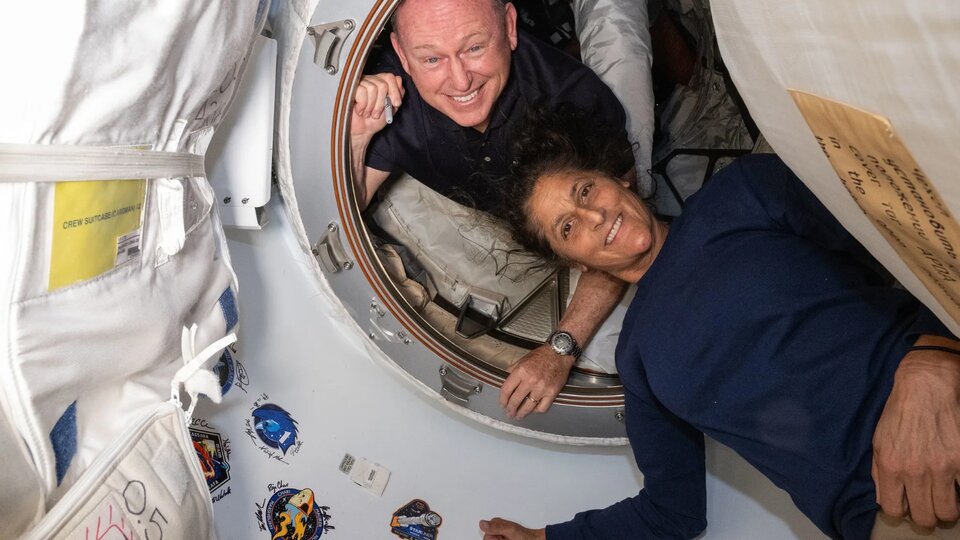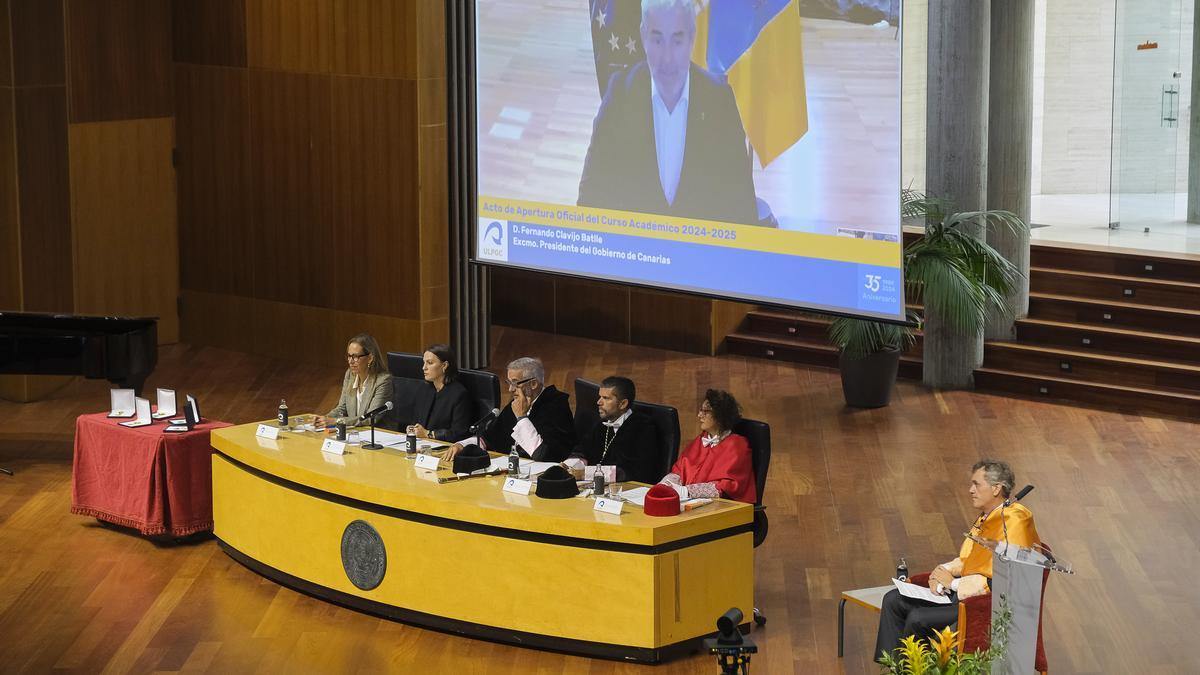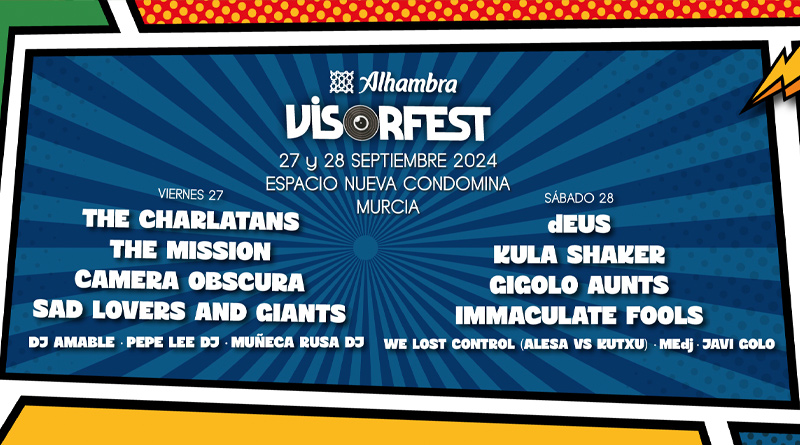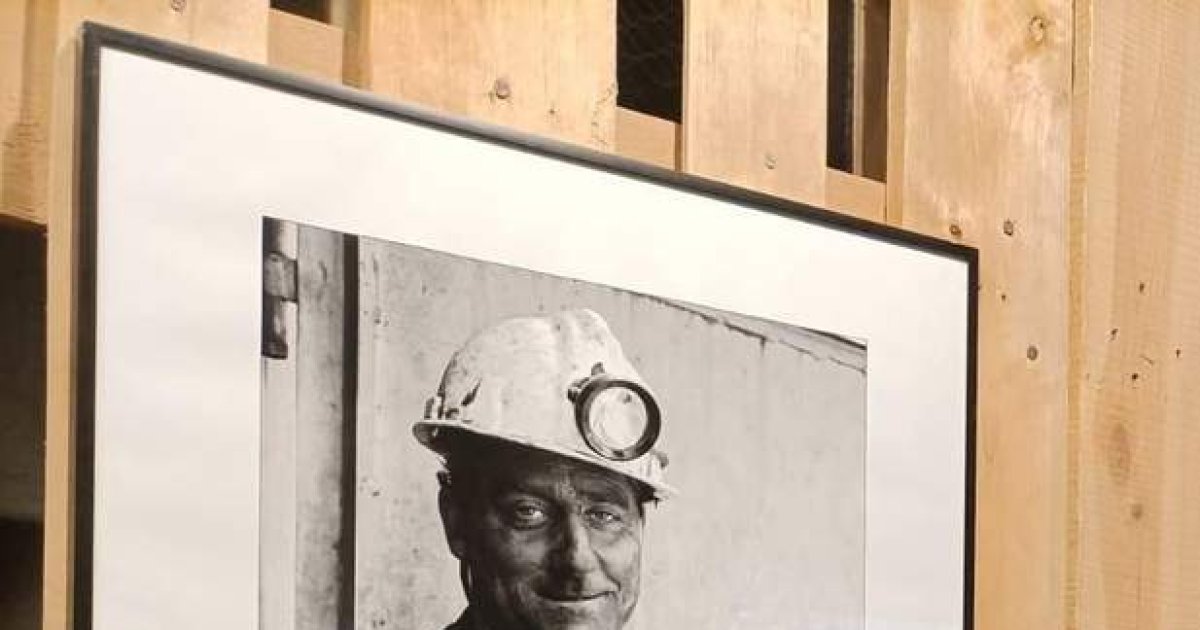They were supposed to travel to space for eight days but will end up staying there for eight months: the two astronauts being transported to the International Space Station (ISS) will not be able to return to Earth on Boeing's Starliner and will have to do so, the company announced its competitor SpaceX in February.
NASA's choice of this solution is a slap in the face to its historic partner Boeing, with repercussions for the crew, due to the extension of the stay of astronauts Butch Wilmore and Sunny Williams on the International Space Station..And also because they would have to return on a ship from a rival company owned by businessman Elon Musk.
“NASA has decided that Butch and Sonny will return with the Crew-9 crew next February, and Starliner will return without a crew,” NASA Administrator Bill Nelson announced at a news conference after the Acquisition Decisions Committee meeting.
Boeing said its program's focus “is primarily on the safety of the crew and the ship.” This is a new setback for the American giant, which has suffered repeated setbacks due to the failure of its aircraft production and delays in its space projects.
alternative radical solution
Astronauts Butch Wilmore and Suni Williams launched in early June aboard the Starliner spacecraft and have since remained at the International Space Station, where their spacecraft remains docked. In principle, the Starliner spacecraft was supposed to return them to Earth eight days after departure, but problems discovered in its propulsion system prompted NASA to question its reliability and adopt an alternative solution.
The two astronauts stuck on the International Space Station “fully support the agency's decision and are prepared to continue their mission aboard the station,” said Norm Knight, head of NASA's Flight Operations Directorate.
Boeing and NASA technical teams conducted tests to better understand the cause of the problems discovered in flight, particularly with regard to the spacecraft’s thrusters. The main concern was that Starliner would not be able to achieve the thrust needed to de-orbit and begin its descent to Earth. NASA therefore decided that the spacecraft was not absolutely safe, so it would return empty.
YouAttempting to return with these Starliner failures “was simply too risky for the crew.”Steve Stich, a senior NASA official, said.
Good job Elon Musk
A regular SpaceX mission, called Crew-9, is scheduled to launch in late September to the ISS, but with just two astronauts instead of four. It will remain docked to the ISS until its scheduled return to Earth in February. On that return trip, the SpaceX astronauts will be joined by two Boeing crew members.
“SpaceX stands ready to help NASA in any way we can,” Gwynne Shotwell, the company’s number two, said on the X social network. It also affects Boeing’s already damaged image, following a wave of failures and questions about the quality of its equipment, particularly several models of its commercial aircraft. “It’s an image issue,” said Kai von Rumohr, an aviation analyst at TD Cowen, adding that it “could jeopardize future contracts with NASA.”
NASA caution
“This is not the right time for Boeing,” said Eric Seedhouse, a professor at Embry-Riddle Aeronautical University, calling the decision “very embarrassing” for the American giant. Boeing said earlier this month that it was “confident” that Starliner would “safely return to the crew.” But NASA, which has been extremely cautious since the fatal accidents of the space shuttles Challenger and Columbia, has continued to demand more analysis.
Ten years ago, NASA ordered a new spacecraft from Boeing and another from SpaceX to carry its astronauts to the International Space Station. With two vehicles, you always have a solution in case there are problems with one or the other. But billionaire Elon Musk’s company beat Boeing to the punch and has been the only American spacecraft to fly with crew for the past four years. The first crewed flight of Starliner, which arrived years late, was the final test before regular operations begin.
Boeing setbacks
In 2014, NASA selected two companies, Boeing and SpaceX, to develop new spacecraft capable of transporting its astronauts to the International Space Station (ISS). The US space agency asked them to be ready by 2017 in order to stop relying on Russian spacecraft, which it had used since the retirement of the US space shuttles in 2011.
Boeing won the $4.2 billion contract, compared to SpaceX's $2.6 billion. At the time, billionaire Elon Musk's company was considered the “underdog” to Boeing.
In December 2019, during its first unmanned test flight, the capsule was not placed on the right trajectory and returned to Earth two days early, without docking with the International Space Station. The failure was due to the ship not knowing the time due to an error in its internal clock, which was eleven hours behind. This prevented the capsule from firing its thrusters on time. NASA then realized that another computer problem could have caused the catastrophic collision. It gave the manufacturer a long list of recommendations and modifications that needed to be made.
In August 2021, when the rocket was already on the launch pad for another flight attempt, a humidity problem caused a chemical reaction that prevented some of the capsule's valves from opening.As a result, it returned to the factory to be inspected for several months.
In May 2022, Starliner completed its first unmanned test flight. Despite some setbacks, such as a problem with the propulsion system, the ship took off and reached the International Space Station, where it remained docked for several days, landing on its return in the US desert: its first success.
In 2023, other problems became public, delaying preparations for the first manned flight. The first was the design of the parachutes that slow the capsule down as it re-entered the atmosphere. It was modified and new tests were conducted.Q. Even more surprising: The tape used to wrap several meters of electrical cable inside the capsule turned out to be flammable and had to be removed.
In early June 2024, the big day arrived: the capsule took off with its first two astronauts on a final test mission to prove that Starliner was safe, and then began operations. But leaks of helium, a gas used to create pressure in the propulsion system, were discovered during the flight. Several thrusters failed before the capsule could dock with the International Space Station, though all but one were eventually restarted. These problems led NASA to fear that the capsule would not be able to generate the thrust needed to return to Earth. So the space agency made a radical decision: transfer the two astronauts to a SpaceX mission and return the Starliner empty. The program had already cost Boeing $1.6 billion more than expected.





